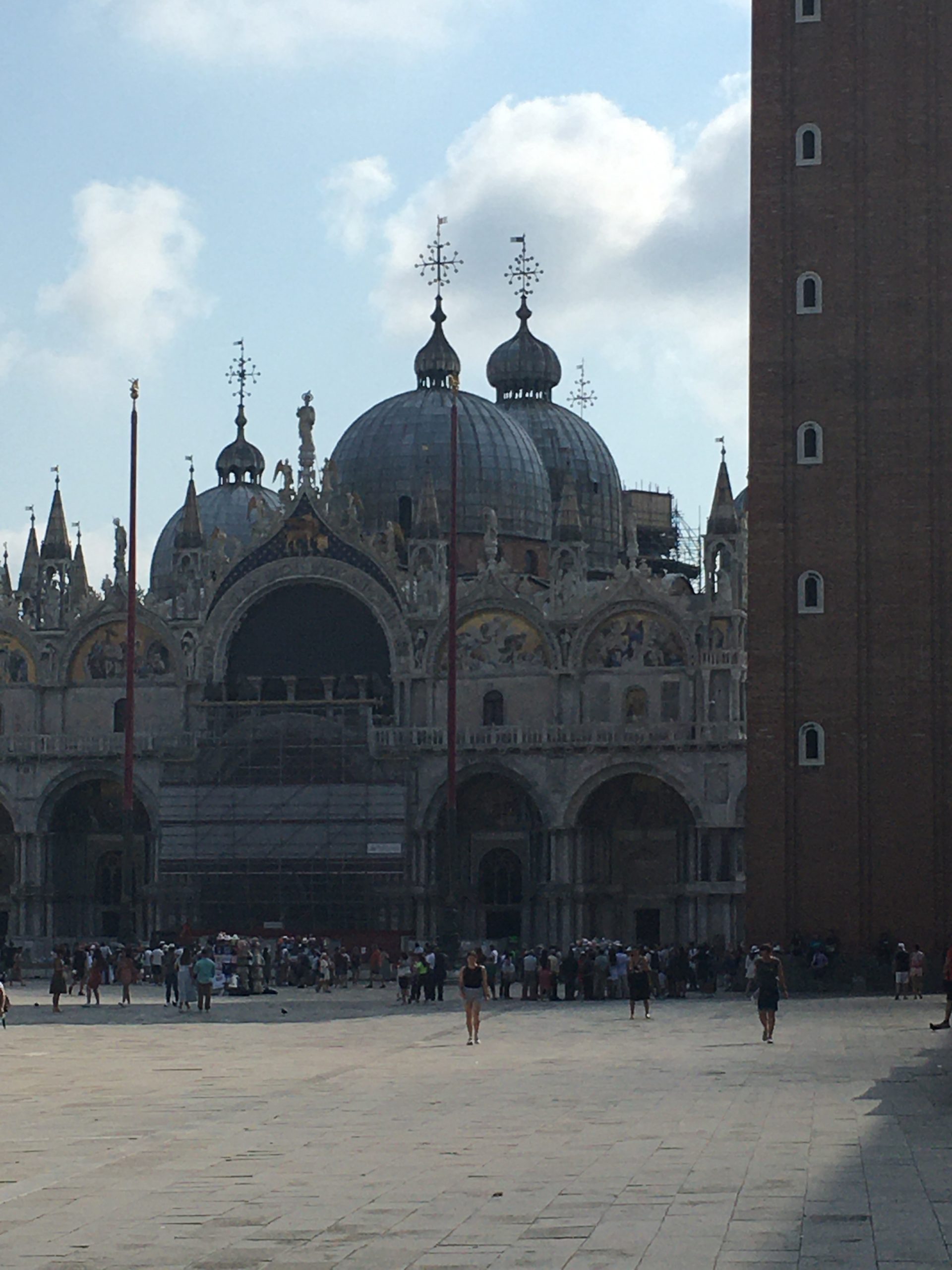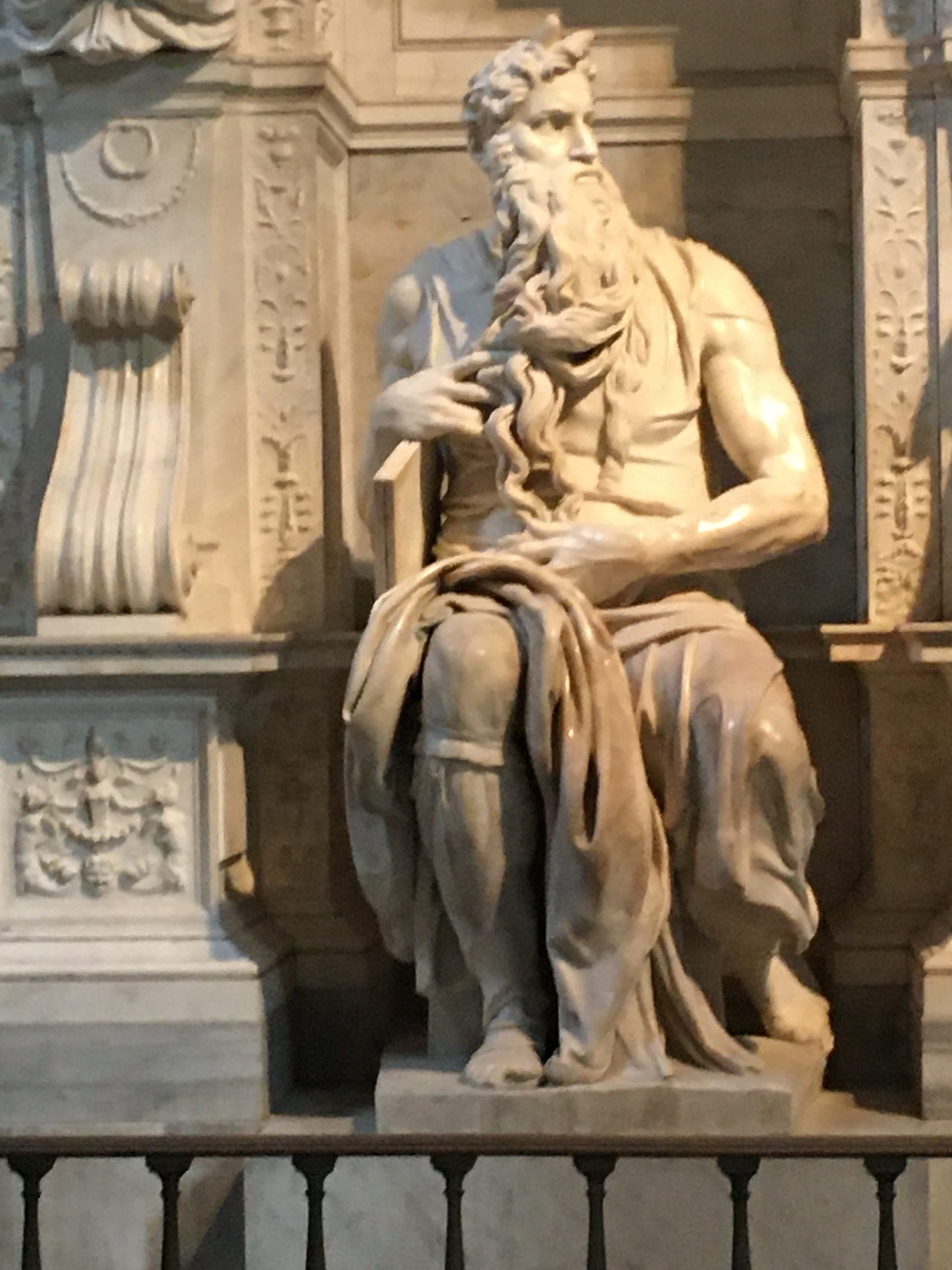Western civilization is magnificent, our Judeo-Christian heritage is precious, and human achievement inspired by God is wondrous indeed.
Such are the overarching impressions from my two weeks in Italy, my first-ever visit to that civilizational nursery of the Western world. An American can be well-educated, can have seen the pictures and read the books and watched the videos, yet still not come close to appreciating the scope, the scale, the grandeur, the beauty, of what mankind achieved in the flowering of pre-industrial Western culture.
Yes, for example, one naturally expects Vatican City and St. Peter’s Basilica to be mega-impressive. Yet this traveler at least had no conception, not even close, of just how many, just how stunning, just how inspirational, are the breathtakingly beautiful churches, basilicas, and cathedrals throughout the Italian peninsula. All built, mind you, without motorized equipment, almost all before and thus without benefit of Newton’s explanation of gravity or the engineering uses of Leibniz’s calculus.
The vastness of the space inside and the magnificence of the columns supporting the Duomo in Milan, for instance, literally made me catch my breath. The multiple domes of St. Mark’s in Venice made me dizzy to view from below.

The woodwork in the chapel of the cathedral in Bologna had the aspect of a great Renaissance painting. And the frescoes, some by Giotto, in the two basilicas (one right on top of the other!) of St. Francis in Assisi are treasures to behold.
The multitude of architectural styles — Romanesque, Gothic, baroque, Byzantine, Palladian — sometimes combined in a single structure, astonishes when seen firsthand rather than just in some documentary. How does human imagination expand and vary so grandly?
And almost every last bit of it was created, produced, built, painted, carved, or sculpted in profound tribute to our God, either directly or in honor of saints who dedicated their lives to Him. Pray, ever, that modern man does not lose that sense of gratitude to our Creator.
As for the individual pieces of art scattered throughout the peninsula, the impression on this typical American, sports-loving man, more familiar with Michael Jordan than Michelangelo, was that so much of it was so good that I wondered what could make, to choose one example, Mr. Buonarroti’s original Pieta stand out. Without training in art, one struggles to identify the elements that make a work distinctive.
Yet there — behold! — without massive crowds to view it, not curated behind glass in a museum but readily accessible in a side chapel of Rome’s minor (!) Basilica of St. Peter in Chains, there sits one of the world’s most famous sculptures, Michelangelo’s Moses. Its effect is electrifying. This is a Moses of powerful frame, perfect proportion, stern but handsome countenance, somehow both relaxed and equipoised for kinetic action. One really does believe he could galvanize a whole people to escape, endure, and eventually establish an emplacement of faith, culture, and civilization that still stands 3,400 years later as a recurring focal point of both world history and modern geopolitics.

And where there is art history, there, of course, is plain old history. Here in Rome is the spot, 100% confirmed by archaeology and written records, where Julius Caesar was assassinated. There in Milan is the immersive baptismal font, again confirmed beyond a shadow of a doubt, where St. Ambrose officially made St. Augustine a Christian. And much, much more.
We in the New World do not have such ancient treasures of stone and paint and marble. But we are graced to be inheritors of this majestic Western Civilization. And by God, we should treasure it.

